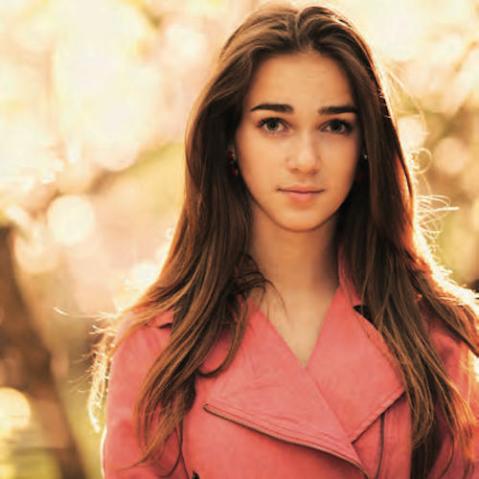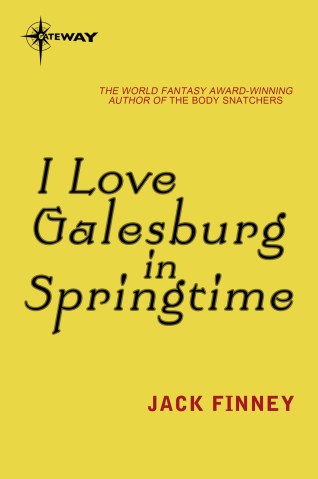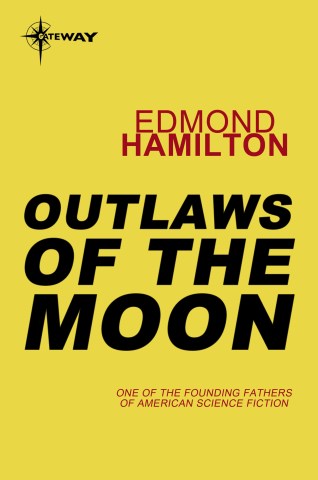Context is everything

How do you know whether the person you’ve photographed in a white coat is a doctor, a scientist, or an artist? You don’t, unless you add a layer of context.

An operating theatre, a set of bubbling beakers, or a fist full of paintbrushes—these details don’t tell the whole story, but they do help add context to your imagery.
That rule isn’t true only for portraits, of course. Context is crucial in most storytelling. If you watch a TV show, almost every new scene starts with an “establishing shot” of the outside of a building or some other location. Why? What do you care what the building looks like? Most of the time, the actual
scene is shot in a studio anyway, right? Well, yes, but the establishing shots are there to set the scene for the story.
In photography, you don’t get the luxury of establishing shots. But that’s okay; you have a whole frame to play with. Use it. Tell the story. Add as much context as you need.

You don’t need to see the subject’s face, or even get the background in focus, to tell a story. What’s important is that there is sufficient detail to tell what’s going on. The lack of directness can be used to draw you into the scene.
In the portrait at the top of the page, of a lady running a food truck, it could have been her posing next to the truck, or her in a kitchen. By instead taking a documentary-style photo of her serving a customer, you’re right in the thick of the action. Context does more to tell the story than a photo of just her ever could.




